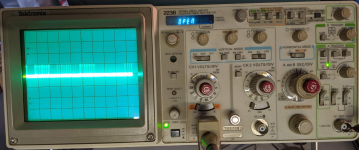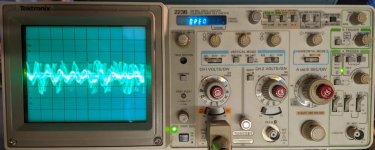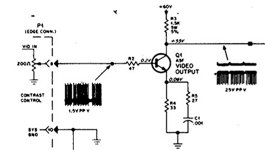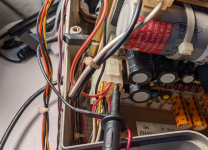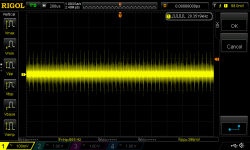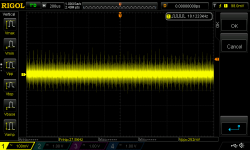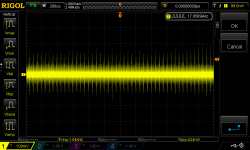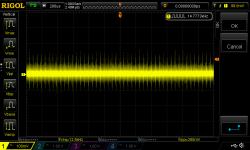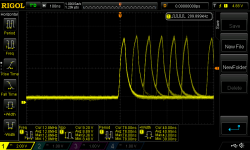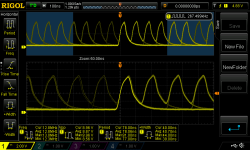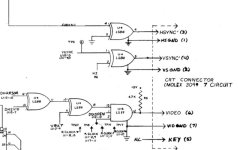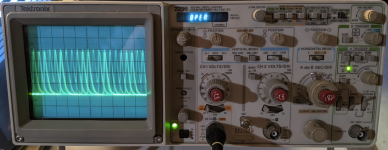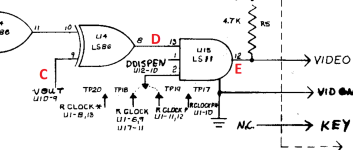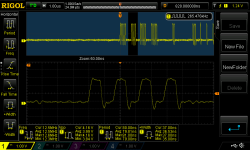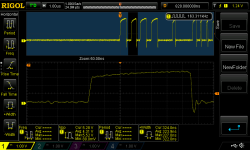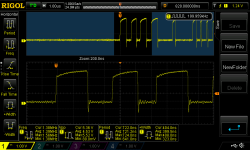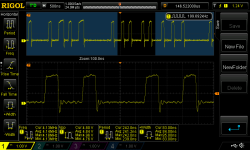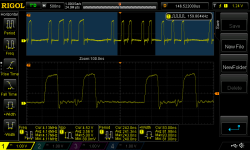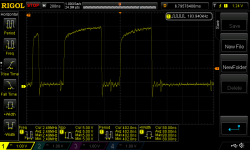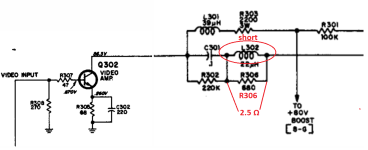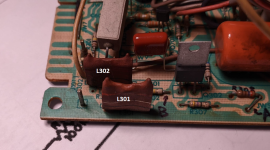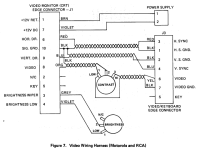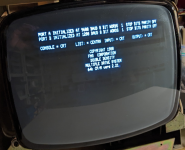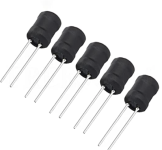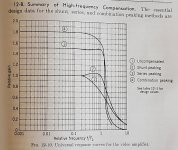Hugo Holden
Veteran Member
The grounding looks ok, probably if its all manufacturer done, but you can still check with the scope. I had not seen inside one of these units before.
When you are testing it, the video signal at the video card end, also put the scope on the +5V rail that supplies the IC's in that area on the card and check that for noise. I'm wondering if the output from the SMPS is not clean as the signal you measured on the scope looks like RF interference, with components of it, in the 2MHz vicinity, which is unusual if the power supply was clean.
If you put the scope on AC coupling, you can check for ripple on the power supply outputs.
Do you have the schematic for the video card ?
When you are testing it, the video signal at the video card end, also put the scope on the +5V rail that supplies the IC's in that area on the card and check that for noise. I'm wondering if the output from the SMPS is not clean as the signal you measured on the scope looks like RF interference, with components of it, in the 2MHz vicinity, which is unusual if the power supply was clean.
If you put the scope on AC coupling, you can check for ripple on the power supply outputs.
Do you have the schematic for the video card ?
Last edited:

